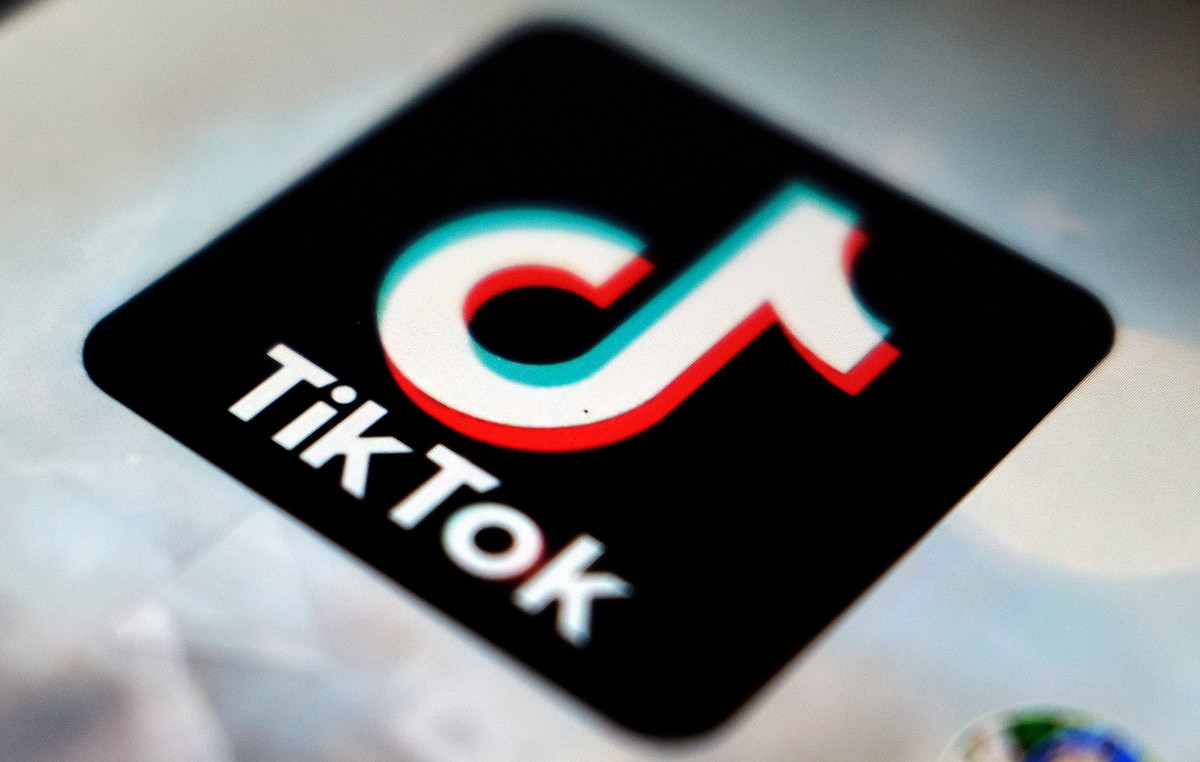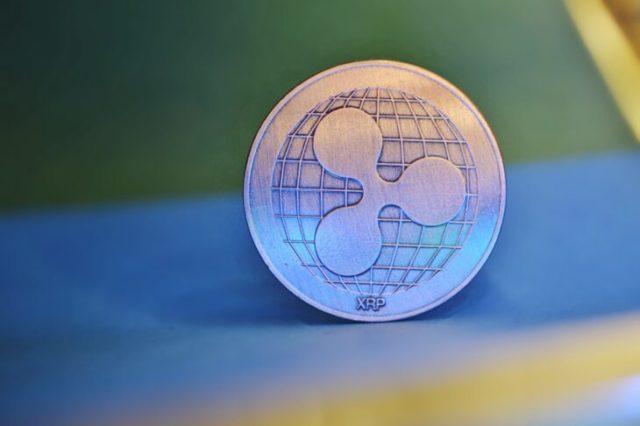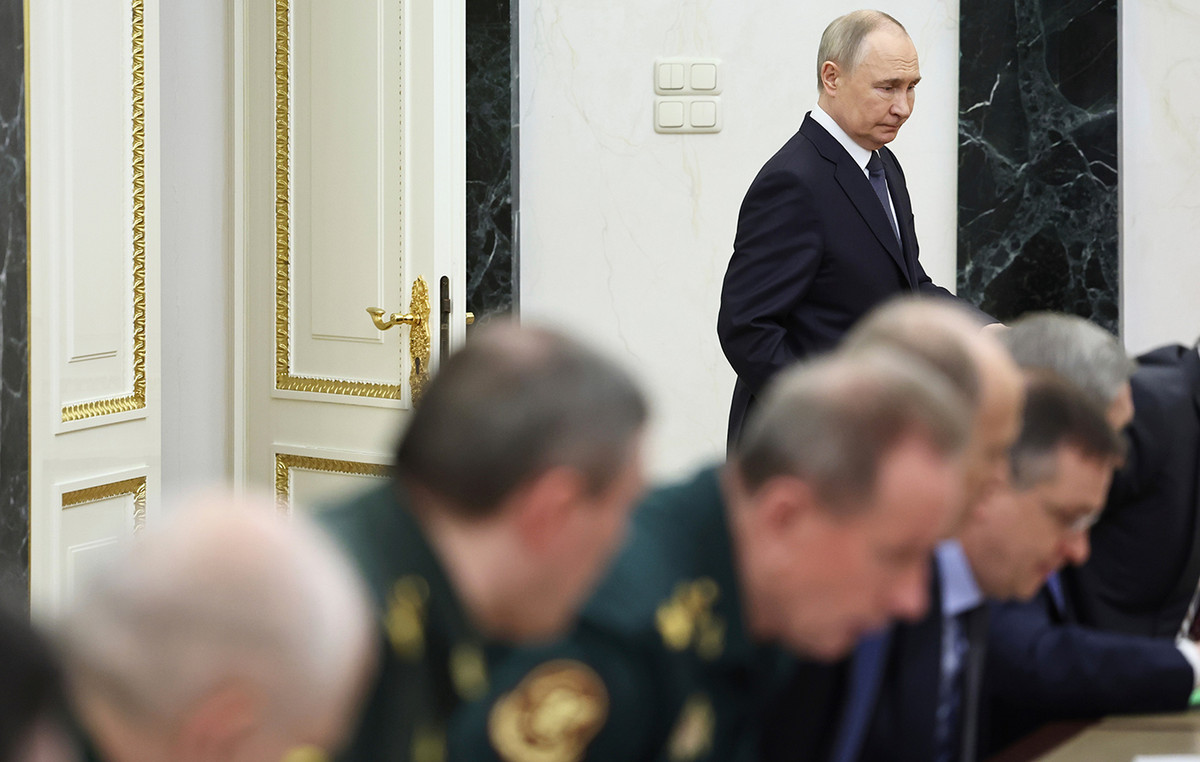In a meeting that begins this Tuesday (14), the Monetary Policy Committee (Copom) of the Central Bank (BC) should raise the Selic (the basic interest rate) by 0.50 percentage point – from 12.75% to 13.25% per year.
But, in the market’s assessment, the collegiate still should not indicate a date for the end of the monetary tightening cycle.
Since its last meeting, in May, global inflation has returned to scare and fiscal risks have intensified in the country, with the government’s new fuel package, with no firm signs of improvement in the price scenario.
In theory, the temporary reduction of taxes on fuel could further hinder the BC’s task of bringing inflation to the target, with a possible “rebound” effect increasing the chances of a third consecutive year of breaking the target in 2023.
In this context, most economists consulted by the Estadão/Broadcast (Grupo Estado’s real-time news system) assesses that the Selic hike should not end this month and that the Copom should keep all options on the table for the August meeting — a new interest rate hike or the beginning of the stability.
Added to this picture is the lack of information on the variables that Copom will use to update its inflation models, since there has so far been no update of the Focus Bulletin with last week’s financial market estimates — a consequence of the stoppage of municipal servants.
In the report released on the 6th, the median for the IPCA (official inflation index) for 2022 was 8.89%, already well above the target ceiling (5%). For 2023, the number considered by the market was 4.39%, closer to the limit of 4.75% than to the center of the target (of 3.25%).
A survey by the Broadcast Projections for the Selic shows that 46 of the 50 financial institutions consulted estimate that the Selic rate will rise to 13.25% this week, in an adjustment lower than the increase of one percentage point determined in May.
On the end of the monetary tightening cycle, expectations are divided: 25 of 49 houses are betting on 13.25%, while 24 expect 13.50% or more.
It is made
The increase in the economy’s basic interest is reflected in higher bank rates, although there is a lag between the BC’s decision and the increase in credit (between six and nine months). The rise in interest rates also negatively influences the population’s consumption and productive investments.
At JPMorgan, the government’s fiscal activism in relation to energy prices was decisive to change the outlook for the Selic, from 13.25% to 13.75%, with a further increase of 0.50 point in August.
“The optimal communication strategy seems to be for the Copom to leave all options on the table, signaling in the communiqué that it considers another adjustment in August as possible, in a magnitude no greater than that of June,” the bank said in a report.
Andrea Damico, chief economist at Armor Capital, also assesses that the BC should end up indicating a new high in the Selic rate in August, with the inflation of services quite salty, unanchoring expectations and the absence of a clear process of disinflation – points that the BC already stated that he wants to fight.
Damico also affirms that the balance of risks tends to worsen, in the face of greater fiscal threats and strong inflationary persistence abroad.
The founding partner of Mauá Capital and former director of the BC, Luiz Fernando Figueiredo, assesses that the BC may be able to end the Selic high cycle this week, considering that the peak of inflation has passed (the IPCA at 12 months fell from 12.13% in April to 11.73% in May) and that real interest rates are at a very contractionary level.
But he considers that the scenario still recommends that the BC not be assertive: “We are still on very shaky ground, the tide has not calmed down”. The information is from the newspaper. The State of São Paulo.
Source: CNN Brasil
I’m Susan Karen, a professional writer and editor at World Stock Market. I specialize in Entertainment news, writing stories that keep readers informed on all the latest developments in the industry. With over five years of experience in creating engaging content and copywriting for various media outlets, I have grown to become an invaluable asset to any team.







